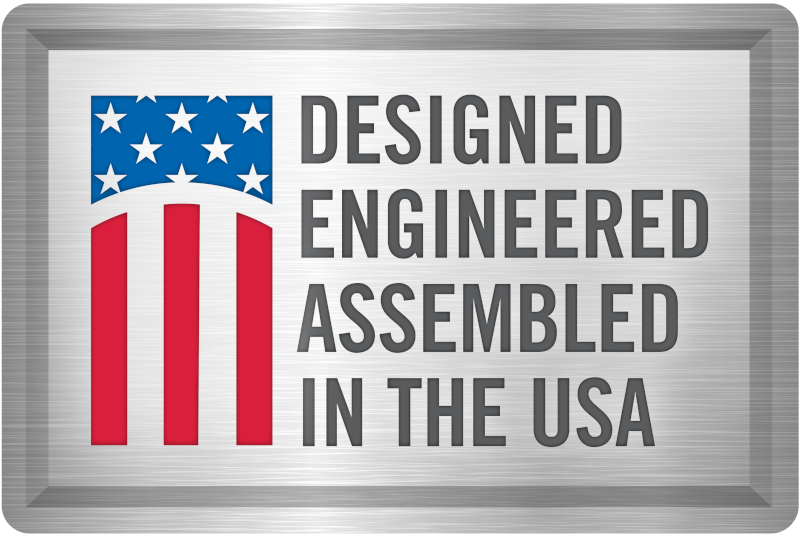Here Are Six Reasons the Atherion Energy-Recovery Wheel is a Must for Contractors
Energy savings, reduced sizing of mechanical cooling/heating equipment, and ease of maintenance make energy recovery a clear advantage
Engineers, contractors, and building owners continually strive for improved indoor air quality. Modine Dedicated Outdoor Air Systems (DOAS) are an outstanding solution for introducing fresh outside air for ventilation into living and work spaces. But with the introduction of ventilation air comes the need to exhaust a similar volume of air from the building that typically may be “contaminated” with carbon dioxide, odors and volatile organic compounds. But that air has had considerable work done to condition it for temperature and/or humidity, so wouldn’t it be great if we could somehow recapture the energy that went into that air before it gets exhausted? Enter energy recovery, specifically in this case, a total energy recovery wheel.
Here are six reasons you should include an energy-recovery wheel with your Atherion Packaged Ventilation System:
- Energy-recovery wheels, typically made with a silica gel or zeolite (Modine preferred on Atherion) desiccant, rotate through both the exhaust and fresh outside air streams and can transfer both temperature and moisture energy, minimizing the work needed by the mechanical heating or cooling system and saving energy.
- Reduced work needed by mechanical systems means those systems can be downsized, not only offsetting the cost of the energy wheel, but reduced equipment sizing reduces utility requirements, so wire sizing, electrical service, gas piping and other components may possibly be reduced, further saving money.
- The wheels can improve energy-efficiency on the cooling side by 157 percent. One study concluded that these efficiency systems can reduce DOAS costs by as much as 40 percent, according to comparative tests by Modine. (page 2, last paragraph, first column, Technical Times, MCP15-803, September 2011). The efficiencies provided by energy-recovery wheels make for a good selling points for contractors wanting to both improve client air quality and reduce the overall cost of DOAS operation.
- The energy wheels have low maintenance costs. The continual rotation through opposing airstreams essentially make the wheels self-cleaning. Filters are still highly recommend, especially on the outside side to reduce pollen, dust, and other particulate matter in outside air. The exhaust side may or may not need filters, depending on what the quality of the air being exhausted is. Exhaust air should be relatively clean, so applications with high levels of chemicals, oil mist, or other contaminants may need additional pretreatment or may not be good applications. Always check with the manufacturer for guidance if there are any questions.
- Basic cleaning and maintenance of energy-recovery wheels can be completed on the same schedule as maintenance of the main DOAS unit itself, eliminating additional trips.
A DOAS unit is already a cost-effective way to improve air quality in workplaces and other settings through supplying properly conditioned ventilation air. Energy-recovery systems make them even more attractive for contractors and building owners.


